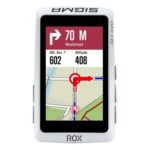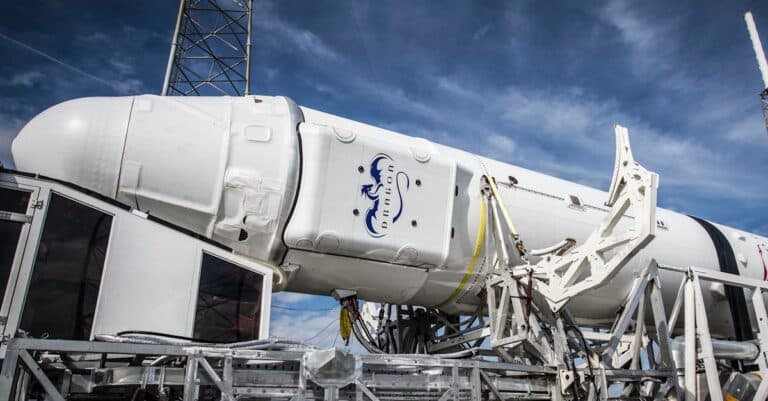The acoustic detection equipment provides a new perspective on our sound environment. Through advanced technologies, it transforms sound waves into actionable data, enabling in-depth analysis of the sounds around us. This process of conversion and interpretation enriches our understanding of acoustic phenomena, revealing details that are invisible to the human ear. With the ability to detect leaks, electrical discharges, and other sound anomalies, this equipment plays a crucial role in various fields, including engineering, environment, and security.
Acoustic detection refers to the techniques and technologies that capture and analyze sound waves in various environments. Thanks to advancements in this field, our understanding of sound has evolved significantly. Acoustic detection equipment, such as microphones, sonar sensors, and acoustic imagers, plays a vital role in this transformation.
Microphones are among the most commonly used tools for capturing sound. They convert sound vibrations into electrical signals, allowing everyone to listen to recordings or analyze sound data. Microphone technologies have progressed from analog models to digital systems, allowing for high-quality sound reproduction and better analysis of ambient sounds.
In the field of underwater detection, sonar is an essential tool. By emitting acoustic waves in water, it can detect objects, measure distances, and map the seabed. Sonar has revolutionized maritime navigation and oceanographic research, enabling precise analyses of marine biodiversity and underwater structures. This has significantly expanded our understanding of aquatic ecosystems and geological features underwater.
Another innovative device is the acoustic imager, which transforms sounds into images. For example, the Hikvision acoustic imager uses microphones and camera technologies to create visual representations of captured sounds, facilitating the identification of gas leaks or electrical discharges. This technique helps maintain a safer working environment by providing precise information about potential issues.
Predictive maintenance is another area that benefits from acoustic detection technologies. Acoustic sensors can identify mechanical problems before they become major, allowing companies to plan interventions before a breakdown occurs. This leads to reduced downtime and maintenance costs while increasing productivity. Additionally, it minimizes environmental impacts caused by undiscovered leaks or discharges.
Acoustic detection techniques are also applied in medicine, notably with ultrasound. This technique uses high-frequency sound waves to create images of the body’s internal tissues, thereby facilitating accurate diagnoses without invasive procedures. Ultrasound not only helps observe the health of fetuses, but it is also used to analyze various organs and bodily systems.
Finally, the technological advancements in sound data processing have allowed for a better understanding of acoustic phenomena, such as wave propagation, reflection, and diffraction. With this equipment, it is possible to simulate varied environments and analyze how sound interacts with different surfaces and materials. This capacity for in-depth analysis opens new avenues both in scientific research and practical application.
In summary, acoustic detection equipment transforms our understanding of sound by offering new perspectives on how sounds can be captured and analyzed in various contexts. These technologies continue to evolve, promising new discoveries and untapped potential in fields such as security, medicine, and environment.

“`html
FAQ: How does acoustic detection equipment transform our understanding of sound?
A: Acoustic detection is a process that uses specialized equipment to capture and analyze sound waves in order to extract useful information, whether it be leaks, interactions, or other sound phenomena.
A: Acoustic detection equipment, such as microphones or acoustic imagers, captures sound vibrations, converts them into electrical signals, and analyzes them to create visual or auditory representations of sound sources.
A: The main advantages include improved accuracy in locating sound sources, the ability to detect invisible problems, and a reduction in costs and downtime through predictive maintenance.
A: It is primarily used in the aerospace, defense, energy, industrial maintenance, as well as in medical applications like ultrasound.
A: Acoustic detection equipment can capture frequencies beyond the audible range for the human ear, thus allowing for the identification of subtle sounds and variations that often escape human perception.
A: Yes, many acoustic detection systems are designed to operate in real time, allowing for continuous monitoring and rapid response to detected anomalies.
A: Challenges include interference from ambient noise, the need for regular calibrations, and the understanding of analysis results to ensure accurate interpretation of acoustic data.
























